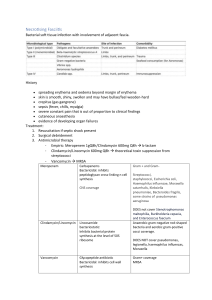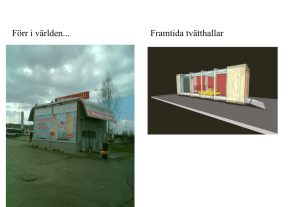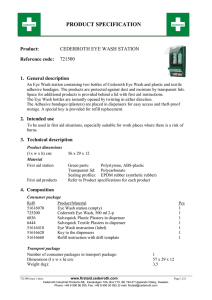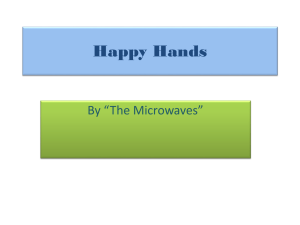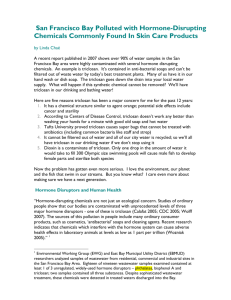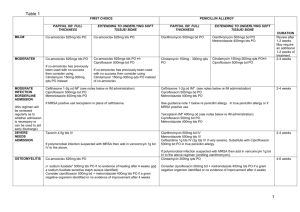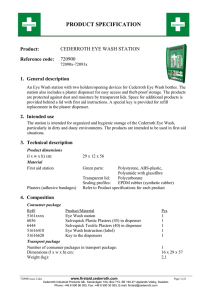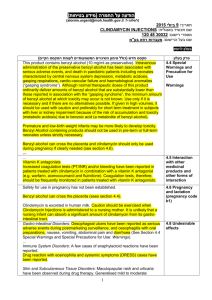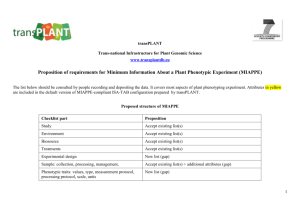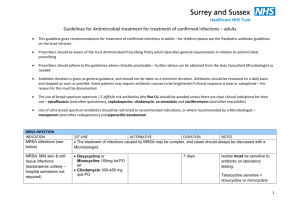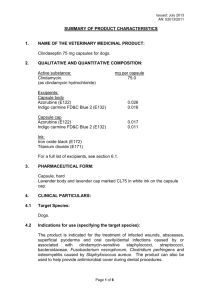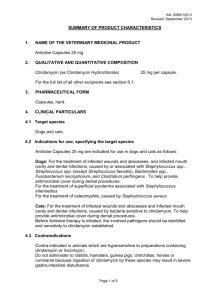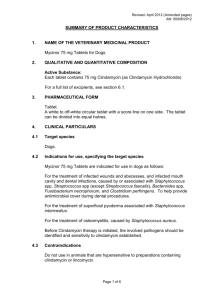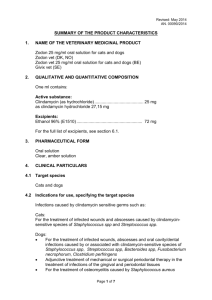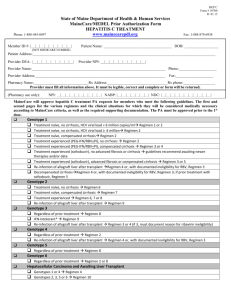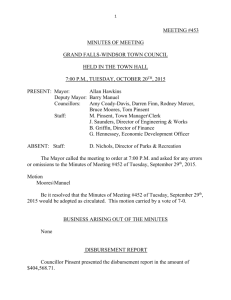Management of recurrent staphylococcal skin infections
advertisement
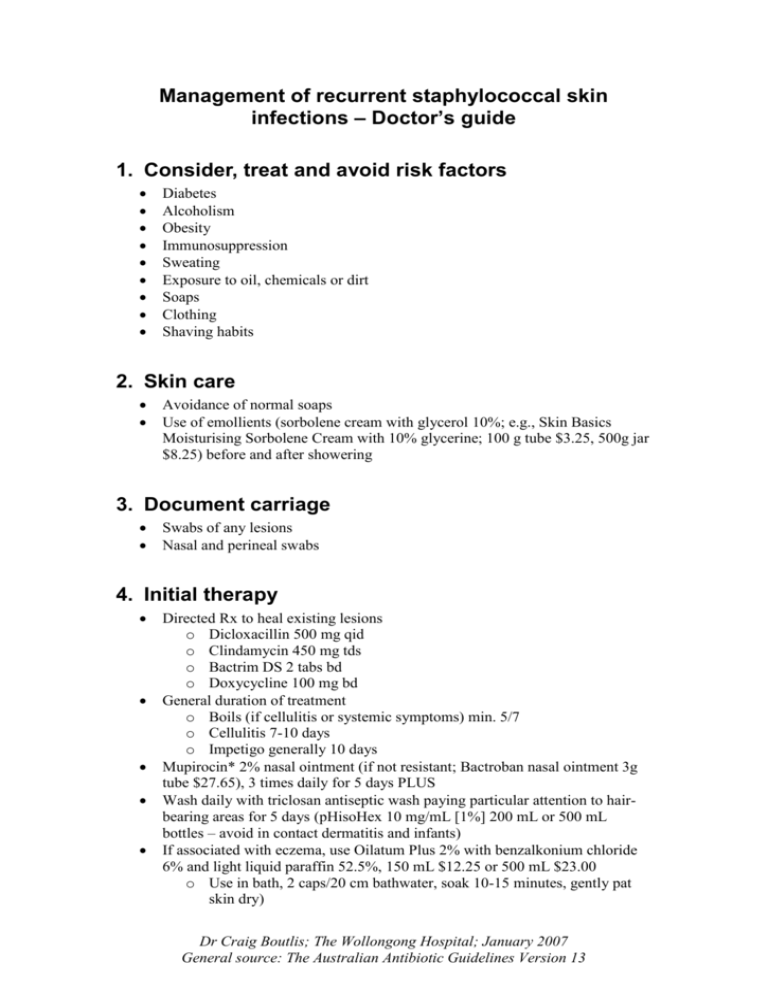
Management of recurrent staphylococcal skin infections – Doctor’s guide 1. Consider, treat and avoid risk factors Diabetes Alcoholism Obesity Immunosuppression Sweating Exposure to oil, chemicals or dirt Soaps Clothing Shaving habits 2. Skin care Avoidance of normal soaps Use of emollients (sorbolene cream with glycerol 10%; e.g., Skin Basics Moisturising Sorbolene Cream with 10% glycerine; 100 g tube $3.25, 500g jar $8.25) before and after showering 3. Document carriage Swabs of any lesions Nasal and perineal swabs 4. Initial therapy Directed Rx to heal existing lesions o Dicloxacillin 500 mg qid o Clindamycin 450 mg tds o Bactrim DS 2 tabs bd o Doxycycline 100 mg bd General duration of treatment o Boils (if cellulitis or systemic symptoms) min. 5/7 o Cellulitis 7-10 days o Impetigo generally 10 days Mupirocin* 2% nasal ointment (if not resistant; Bactroban nasal ointment 3g tube $27.65), 3 times daily for 5 days PLUS Wash daily with triclosan antiseptic wash paying particular attention to hairbearing areas for 5 days (pHisoHex 10 mg/mL [1%] 200 mL or 500 mL bottles – avoid in contact dermatitis and infants) If associated with eczema, use Oilatum Plus 2% with benzalkonium chloride 6% and light liquid paraffin 52.5%, 150 mL $12.25 or 500 mL $23.00 o Use in bath, 2 caps/20 cm bathwater, soak 10-15 minutes, gently pat skin dry) Dr Craig Boutlis; The Wollongong Hospital; January 2007 General source: The Australian Antibiotic Guidelines Version 13 Alternatives to lotions include soap containing triclosan 1% (Sapoderm) or chlorhexidine 2% bodywash (Microshield 2 solution, 500 mL, 1.5 L, 5L bottles). Wash clothes, towels and sheets in hot water on at least 2 separate occasions. Wear new clothes on each occasion. 5. Failure of initial approach Treat whole family and close contacts with above regimen. Repeat the above approach Systemic antibiotic therapy* o Rifampicin 300 mg bd for 7 days PLUS EITHER Dicloxacillin 500 mg qid OR Bactrim DS one tablet bd OR Fusidate sodium 500 mg bd OR Fusidic acid suspension 750 mg bd 6. *Differences in approach Clay Golledge (Current Therapeutics; Feb 1995, pages 21-23) o Recommends checking family members for carriage also Then including them in the general regimen if they are positive. o Recommends frequent handwashing before and after activities that may spread infection. o Uses Hexachlorophane Cleansing Lotion 3% (200g, $35.37) as a daily body wash and weekly shampoo in preference to triclosan Avoid in contact dermatitis, has systemic effects, don’t use for prolonged periods, not suitable for children Apply to wet skin, lather and leave for 2 minutes, rinse thoroughly o Uses mupirocin bd (not tds) for 10 days, not 5 o Recommends 3-4 days of clothes washing o Recommends rif/clinda as below for 1 week then clindamycin 150 mg once daily for another 3 months (“depending on response/relapse”) Peter Newton uses 2 weeks of rifampicin 300 mg bd PLUS clindamycin 300 mg tds as his preferred regimen Dr Craig Boutlis; The Wollongong Hospital; January 2007 General source: The Australian Antibiotic Guidelines Version 13



